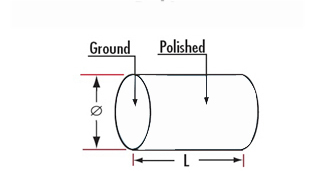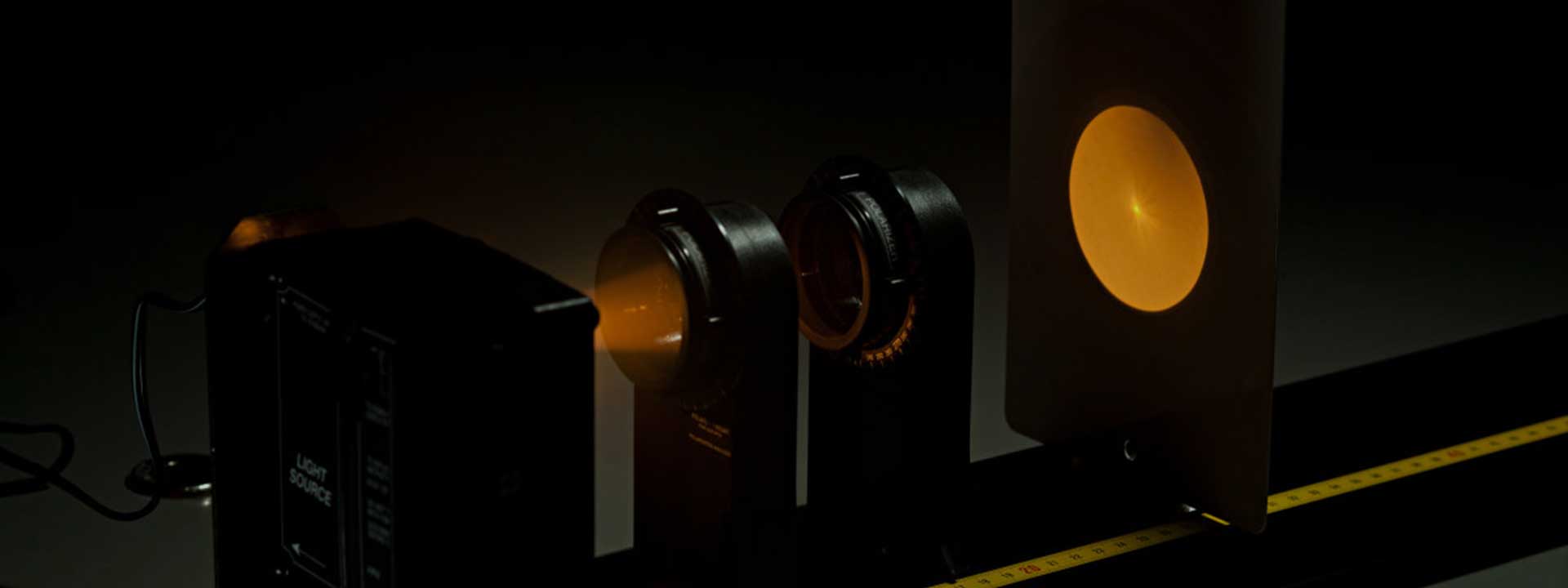Rod Lenses are polished on the circumference and ground on both ends. Optical performance is similar to a cylinder lens. Collimated light passing through the diameter of the rod lens will be focused into a line. Optical glass and UV Fused Silica substrates are available for a variety of UV, Visible, and NIR applications.
The optical rod lens is primarily used to change the design requirements for imaging size. For example, converting a spot into a line spot, or changing the height of the image without changing the image width. Rod lenses can be applied to linear detector illumination, barcode scanning, holographic illumination, optical information processing, computer, laser emission. Also, a cylindrical lens is used in high-power laser systems and synchrotron beamlines. At the same time, the requirements for rod lens parts are becoming higher and higher, especially in the high-power laser cavity and long-distance line interferometers. Such as high-precision test instruments and devices. As a professional optical manufacturer, Ecoptik (also known as BRD Optical) has these types of equipment. The cross-sectional refractive index is parabolically shaped and has a self-focusing effect on the beam, which can be used on an optical lens collimated by the fiber.
| Material | Fused Silica IR Trasmissive grade with OH< 10 PPM | |
| 1 | Diameter | 4.75mm+/-0.1mm |
| 2 | Length | 12mm+/-0.2mm |
| 3 | Clear Aperture | 4.75mm(14.922mm Naminal Circumference)*10mm Length |
| 4 | Surface Quality | 20/10 Scratch/Dig |
| 5 | Surface Figure | 1 wavelength irregularity |
| 6 | Bevel Edge | 45Deg +/-15 deg Max Bevel=0.5mm |
| 7 | Coating | MgF2 Hard Coating Centered at 780nm |
| 8 | AOI | 22Deg |

